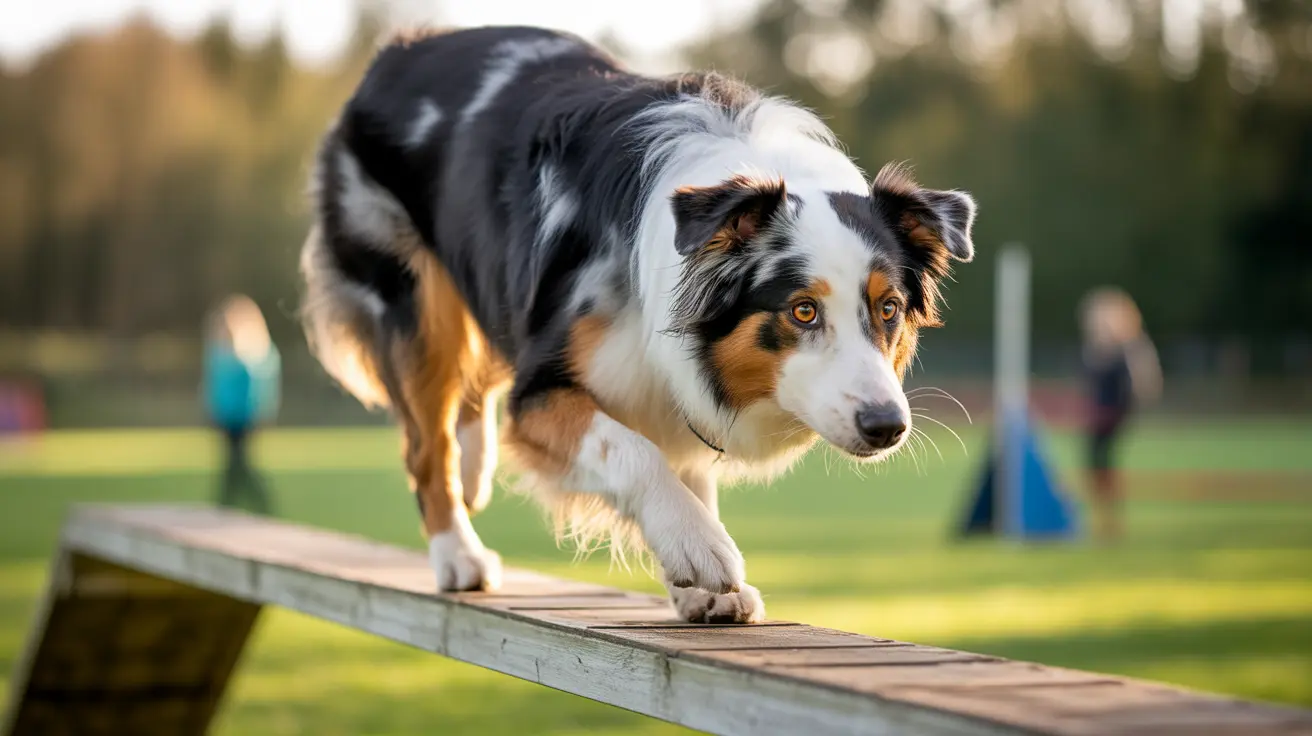Are Prairie Dogs Friendly to Humans?
Prairie dogs are fascinating creatures native to the grasslands and shrublands of North America. Though their intricate burrow networks and social behavior might endear them to observers, when it comes to friendliness toward humans, the picture is more complex. This article explores the nature of prairie dogs' interactions with people, their ecological significance, and the various risks and considerations for human encounters.
Understanding Prairie Dog Behavior
Prairie dogs are part of the squirrel family and are known for their
highly social lifestyles. They live in family groups called
coteries, comprised of one adult male, several females, and their offspring. These coteries form larger communities known as
towns, sometimes covering hundreds of acres. Their social structure involves frequent vocalizations, grooming, and interactions—all within their species.
However, these behaviors do not translate into friendliness regarding humans. Prairie dogs are
wild animals and maintain a natural wariness of people. In the wild, they usually flee into their burrows at the first sign of threat, including human presence. This avoidance serves as an essential survival trait in their predator-rich environment.
Why They Seem Friendly—And Why They’re Not
While videos or tourist encounters might suggest that prairie dogs are curious or interactive, this is often interpreted incorrectly as friendliness. In truth, their vocalizations and visible surface activity are part of their social defenses or foraging behavior, not an invitation for interaction.
- Prairie dogs rarely seek human contact, and most attempts to handle or approach them result in the animal fleeing or showing signs of stress.
- Feeding or approaching wild prairie dogs can disrupt their natural behaviors and increase disease transmission risk.
- Domestication is rare and controversial due to ethical, ecological, and health considerations.
Ecological Role and Human Impact
Prairie dogs play a vital role in their ecosystems as a
keystone species:
- Soil Aeration: Their digging improves soil health and hydrology.
- Habitat Creation: Their burrows provide refuge for animals like burrowing owls and endangered black-footed ferrets.
- Grazing Influence: Their herbivorous diet impacts plant dynamics, sometimes overlapping with livestock feeding areas.
Although their ecological contributions are significant, prairie dogs are often treated as pests in agricultural contexts due to grazing competition and burrow-induced hazards for livestock and machinery.
Public Health Considerations
Despite their minimal threat to people, prairie dogs can carry diseases that affect humans. The most notable are:
- Sylvatic Plague: Caused by the bacterium Yersinia pestis, the same as the bubonic plague. Transmission generally occurs through fleas, not direct prairie dog interaction.
- Tularemia: A bacterial infection spread through ticks or contact with infected animals, causing flu-like symptoms.
These diseases are rare in humans and
treatable with antibiotics but reinforce the importance of avoiding handling wild prairie dogs.
Safe Coexistence Strategies
Given their ecological value and potential conflict with land-use practices, balancing prairie dog conservation and human activity is key. When encountering prairie dogs:
- Don't feed or approach them. This reduces disease risks and preserves natural behavior.
- Keep pets leashed and away from colony sites to prevent disruption and protect your pet from possible infection.
- Use protective clothing and insect repellent around colonies to minimize flea exposure.
- Avoid touching dead rodents and report sudden die-offs to local wildlife authorities.
Control Measures and Legal Considerations
In areas where prairie dogs impact agriculture or pose safety hazards, control strategies may be implemented. These include:
- Using toxic baits, usually zinc phosphide, during low-vegetation seasons
- Fumigation or shooting in selected situations
- Habitat modification such as fencing or visual barriers
However, certain species like the Mexican and Utah prairie dogs are
protected due to endangered status, and control activities may require permits and environmental assessments, especially if black-footed ferrets are present.
Conclusion
To conclude, while prairie dogs are
social and intelligent, these behaviors are suited for survival and interaction within their species, not with humans. Though they rarely show aggression and present minimal direct threat, they are
not naturally friendly to people. Responsible observation and management practices can foster coexistence while respecting the vital role these animals play in their native ecosystems.





